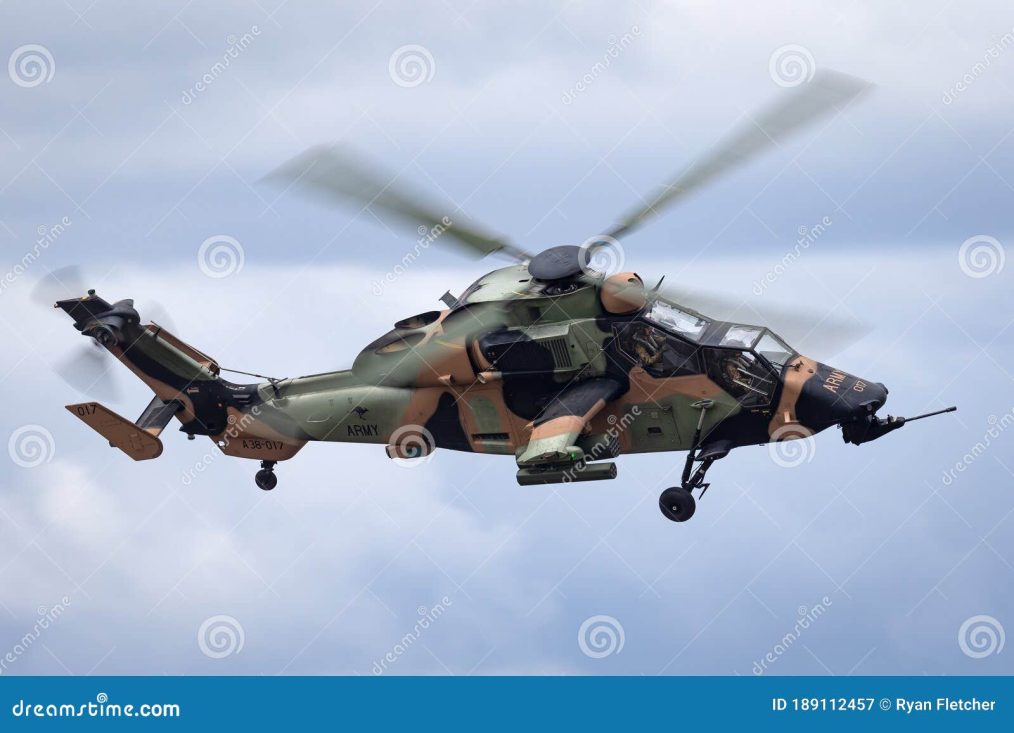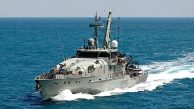
Australian Defence Force Unveils Three-Stage Plan for Tiger Helicopter Fleet Transition
US Defence -SE Pacific
The Australian Defence Force (ADF) has outlined a structured, three-phase strategy for the retirement of its Tiger Armed Reconnaissance Helicopter fleet, scheduled to be phased out by 2027-2028. The Tiger, a two-seater attack helicopter, has been in service with the ADF since 2004, providing critical reconnaissance and attack capabilities.
During a recent Senate Estimates meeting, held on November 6, questions were raised regarding the Tiger’s flight-hour performance and its current operational condition. Despite the scheduled drawdown, flight records indicate that the Tigers have performed above projected flying hours for the 2023-2024 period. The ADF has also acknowledged challenges, including spare parts shortages, which may necessitate “cannibalisation” strategies to maintain airworthiness of the fleet through its remaining years.
To address these challenges, ADF leadership confirmed that a three-stage plan is in place to ensure a smooth transition from the Tiger to the AH-64 Apache attack helicopter. The first phase focuses on maintaining Tiger operations until 2027 to bridge capabilities and facilitate a seamless transition. The second phase acknowledges logistical pressures, including parts shortages, akin to issues experienced with the retired MRH-90 Taipan helicopters. Finally, the third phase involves stabilisation efforts to keep the fleet operational until it is fully withdrawn from service.
The viability of the Tiger helicopters has garnered interest internationally, including from Ukraine, which had previously requested access to the retired MRH-90 Taipan fleet. The ADF is assessing options to ensure the Tigers remain a viable asset should they become available for potential future transfer to Ukraine.




